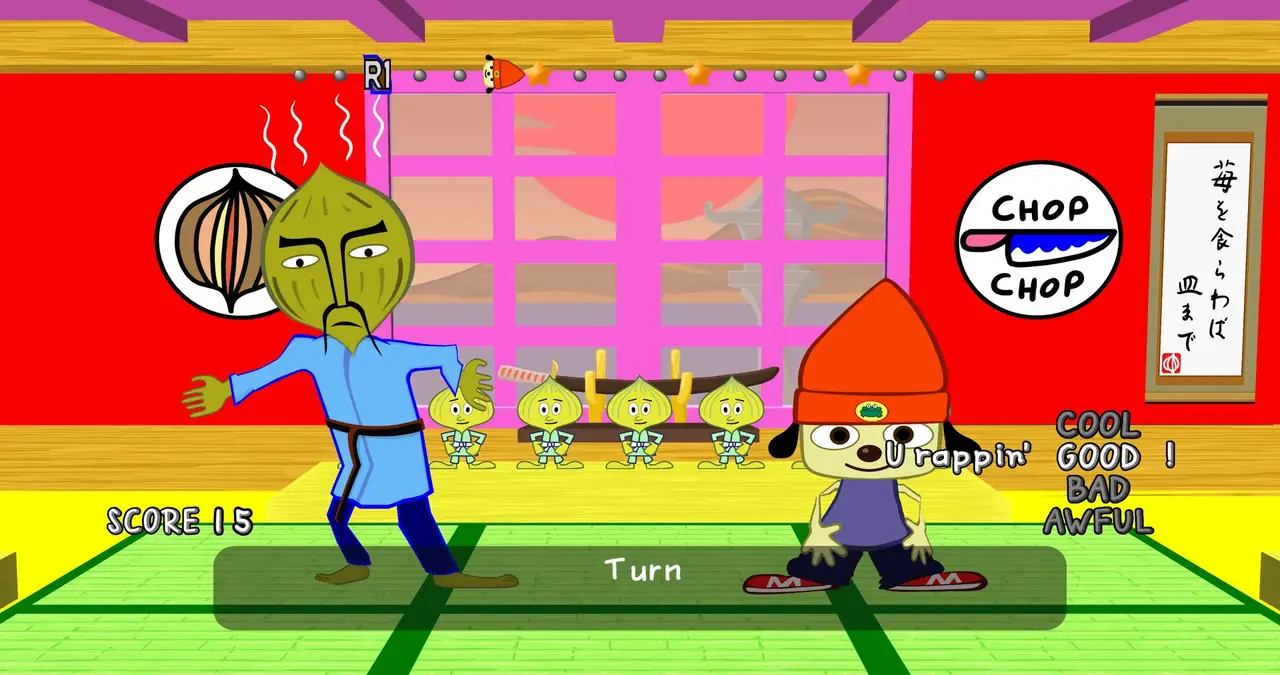Parappa the Rapper: There are few names in gaming history as oddly unforgettable as Parappa the Rapper. With his paper-thin body, oversized beanie, and infectious optimism, Parappa the Rapper didn’t just slide into the gaming world he busted through the door, freestyling his way into the hearts of millions. Whether you’re a nostalgic ’90s kid or a rhythm game junkie, there’s something undeniably charming about this offbeat hip-hop pup and the world he lives in.
they may not have the same commercial dominance as mascots like Mario or Sonic, but his legacy is arguably more cult-classic than commercial juggernaut and that’s exactly what makes him so special. He represents a very specific era in gaming: colorful, experimental, and delightfully weird. From his humble debut on the original PlayStation to his remastered revival, Parappa the Rapper has maintained his unique place in pop culture. But what exactly made this rhythm game so iconic, and why does it still matter today?
Let’s unravel the story behind Parappa the Rapper, from his artistic origins to his musical impact, and everything in between.

Parappa the Rapper: The Birth of a Rhythm Game Legend
To understand why Parappa the Rapper stands out so boldly in gaming history, we need to go back to the mid-’90s, a time when 3D gaming was just beginning to flourish. Sony was making a major push with its PlayStation console, and developers were eager to explore this new digital frontier. Amid all this innovation came an unlikely hero: a paper-thin dog who just wanted to impress his crush and pass his driver’s test.
Created by Japanese musician Masaya Matsuura and graphic artist Rodney Alan Greenblat, Parappa the Rapper was a breath of fresh air in a sea of polygonal shooters and RPGs. The game was released in Japan in 1996 and quickly became a sensation for its quirky animation style and genre-defining gameplay. In a time when most games were pushing the boundaries of realism, Parappa the Rapper zigzagged in the opposite direction embracing 2D cutout animation, surreal characters, and a sense of rhythm-based storytelling that felt more like a musical than a video game.
This title wasn’t just a game it was an experience. Every level was a new track, every character a new obstacle or mentor, and every rap battle was a chance to show off your timing and style. Players didn’t just play Parappa the Rapper; they performed it. That sense of performance made it deeply engaging, replayable, and downright fun.



